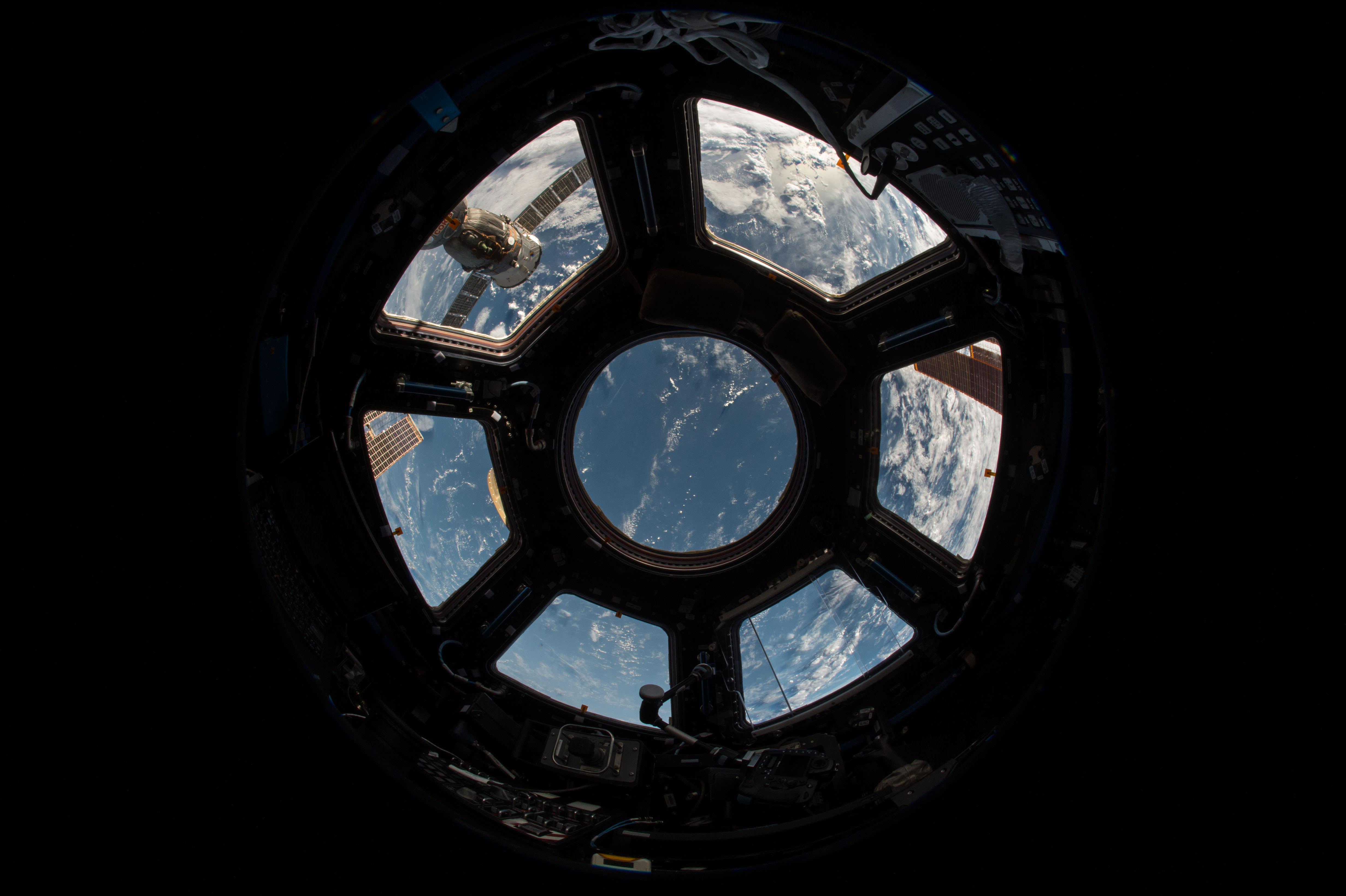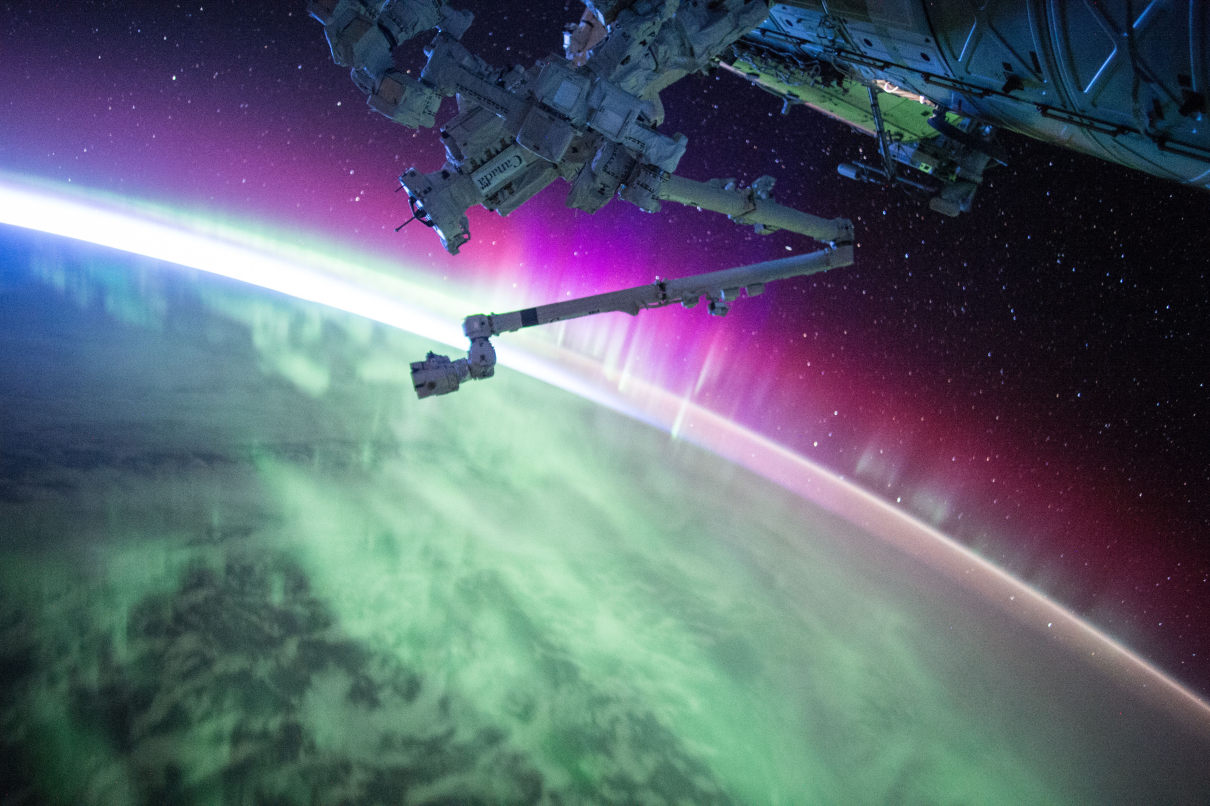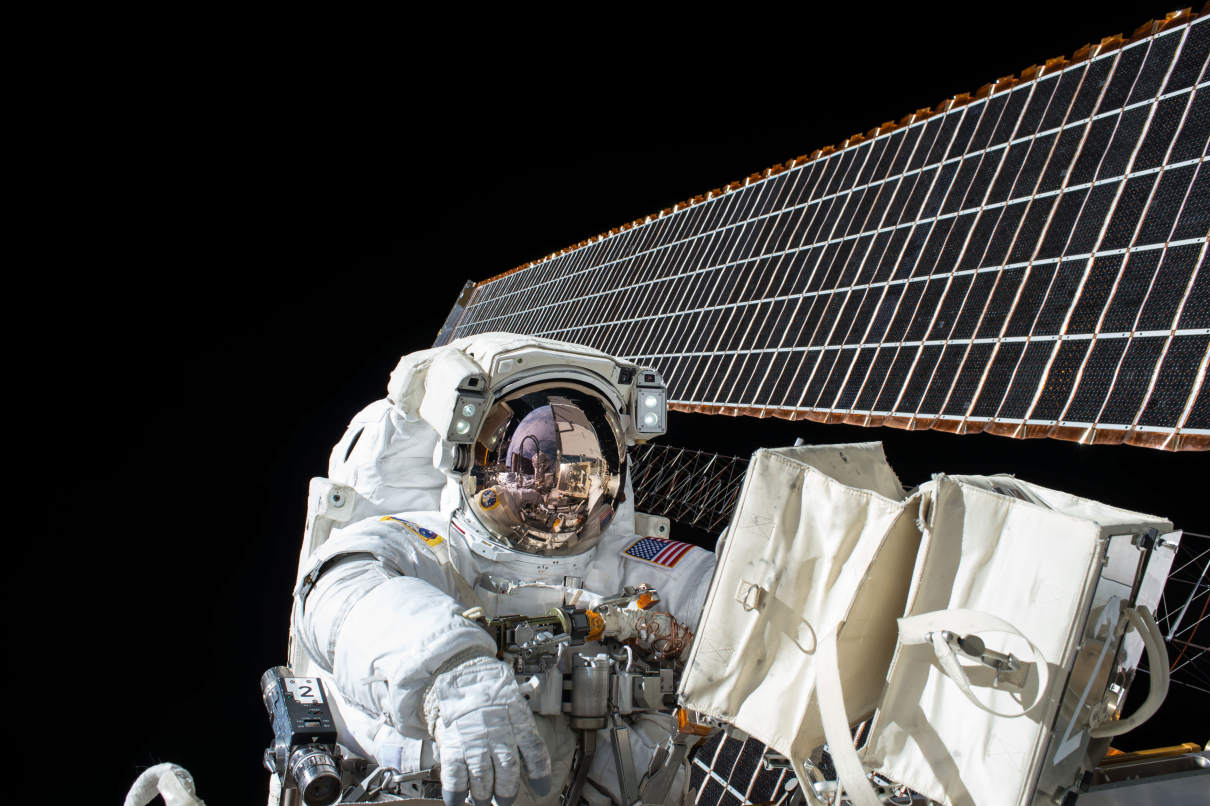
Below, we reveal some of the unsung heroes of space exploration, men, women (and animals) who were often in the background of great achievements, or had their own efforts overshadowed, but who performed equally important roles in helping man break the final frontier.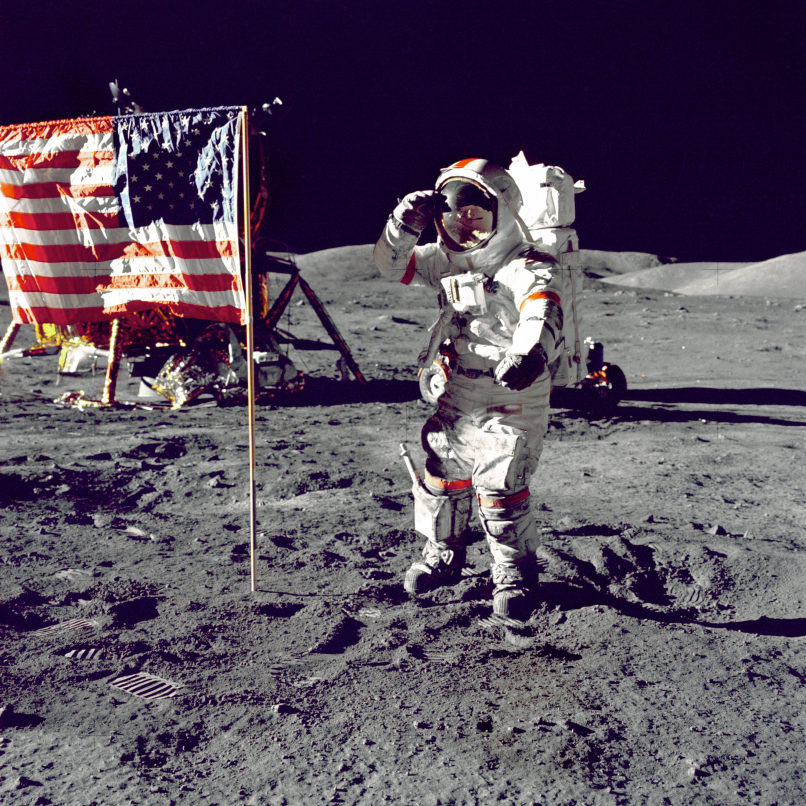
Kinzler was NASA’s MacGyver, chief of the Technical Services Center – essentially he was the guy who built a lot of their cool toys. He was the one who devised the American flag each crew would place on the lunar surface on landing, and also the head of the club that Alan Shephard used to make the first (and only to date) golf drives on the moon. Kinzler was also credited with saving NASA’s Skylab space station, by devising and building a temporary meteorite shield to replace one that had been damaged in-flight. With his team, he used hi-tech equipment such as fishing poles and parachute silk to build a prototype over six solid days and nights. The finished article worked and the mission was saved.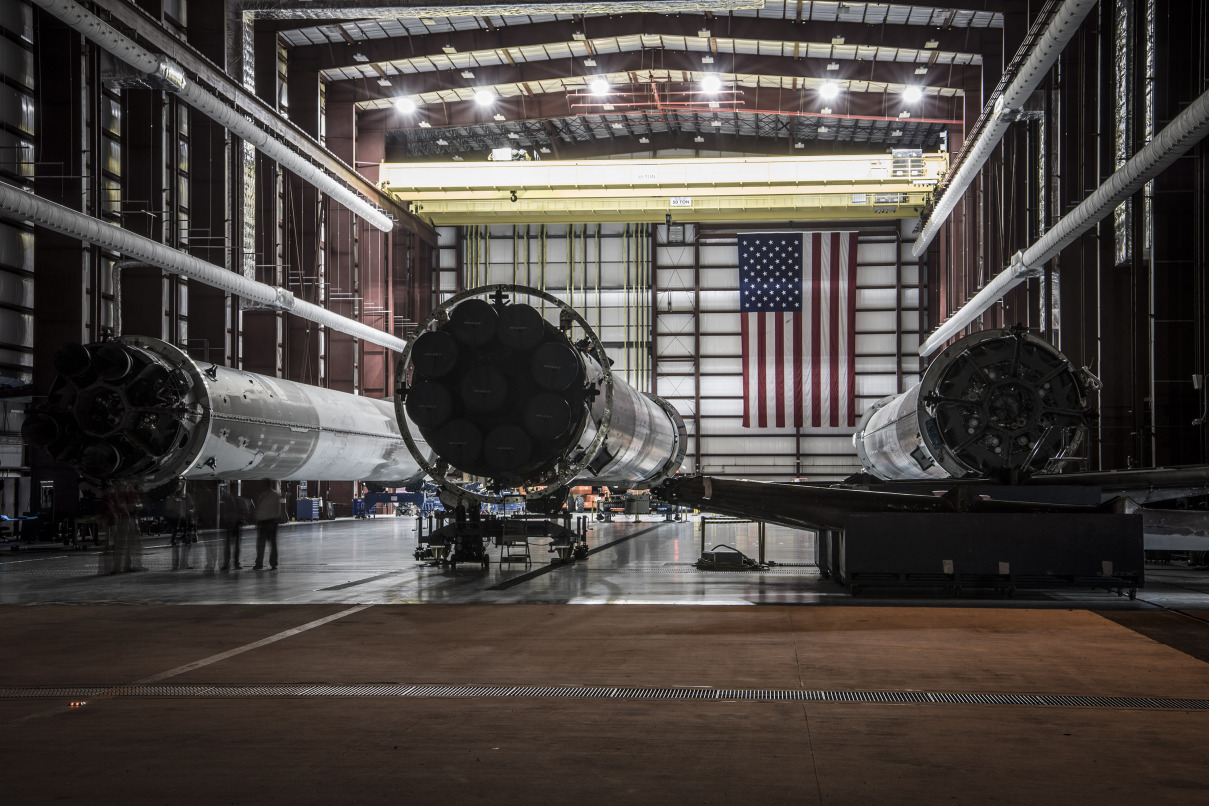
Laika is of course legendary. This Moscow street dog became one of the earliest animals in space and in 1957 the first to orbit the Earth. Less well-known are the Alberts, but their role was just as vital. These four rhesus monkeys, Alberts I to IV, performed a vital research role in the very early stages of American space exploration. They were launched on V2 rockets in the late 1940s to learn about how space flight would affect humans. A couple of them reached up to 80 miles into the upper atmosphere. Sadly however, as the rockets were so experimental, none of the Alberts survived their flights, but their place in history is assured.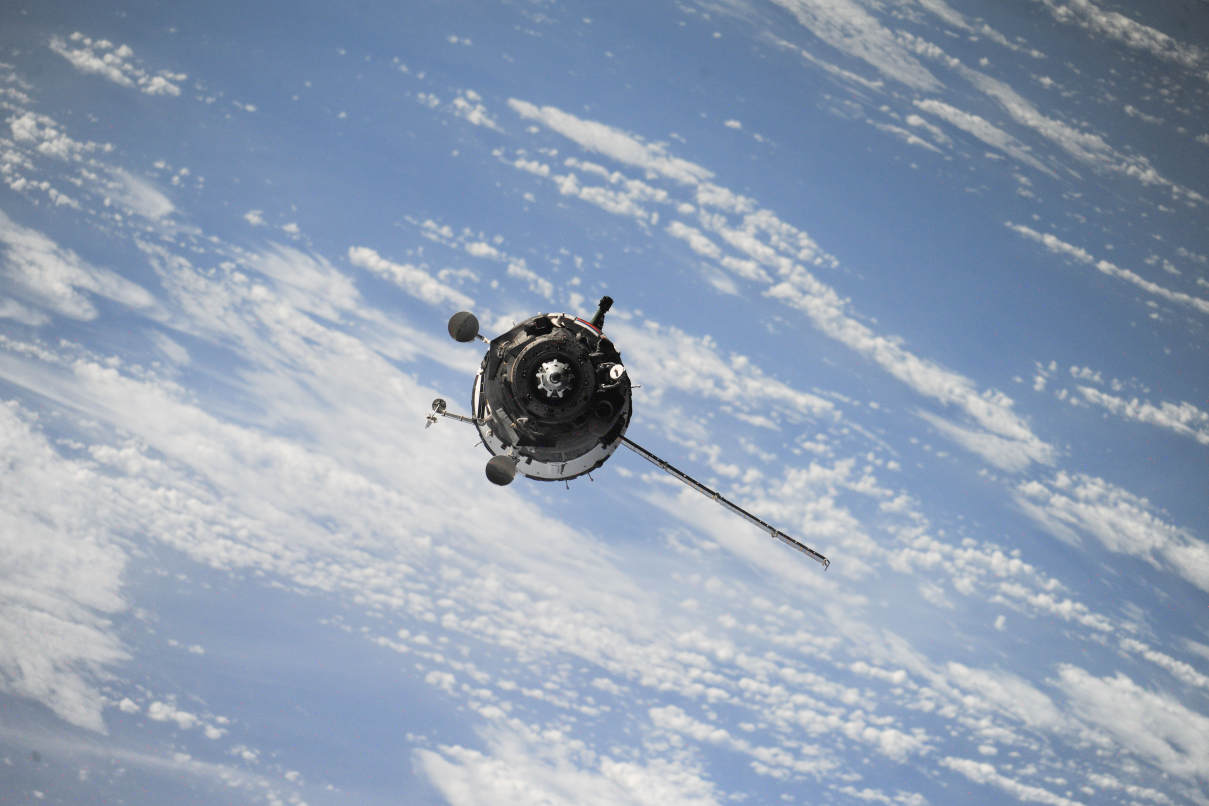
An prominent advocate for the role of women in NASA, Oceola Hall was one of the first African American women to become a senior executive at the space agency, and her career trajectory opened up many opportunities for women in engineering and science. She succeeded in what was then still very much a man’s world, admittingthat “You have to earn your wings every day.”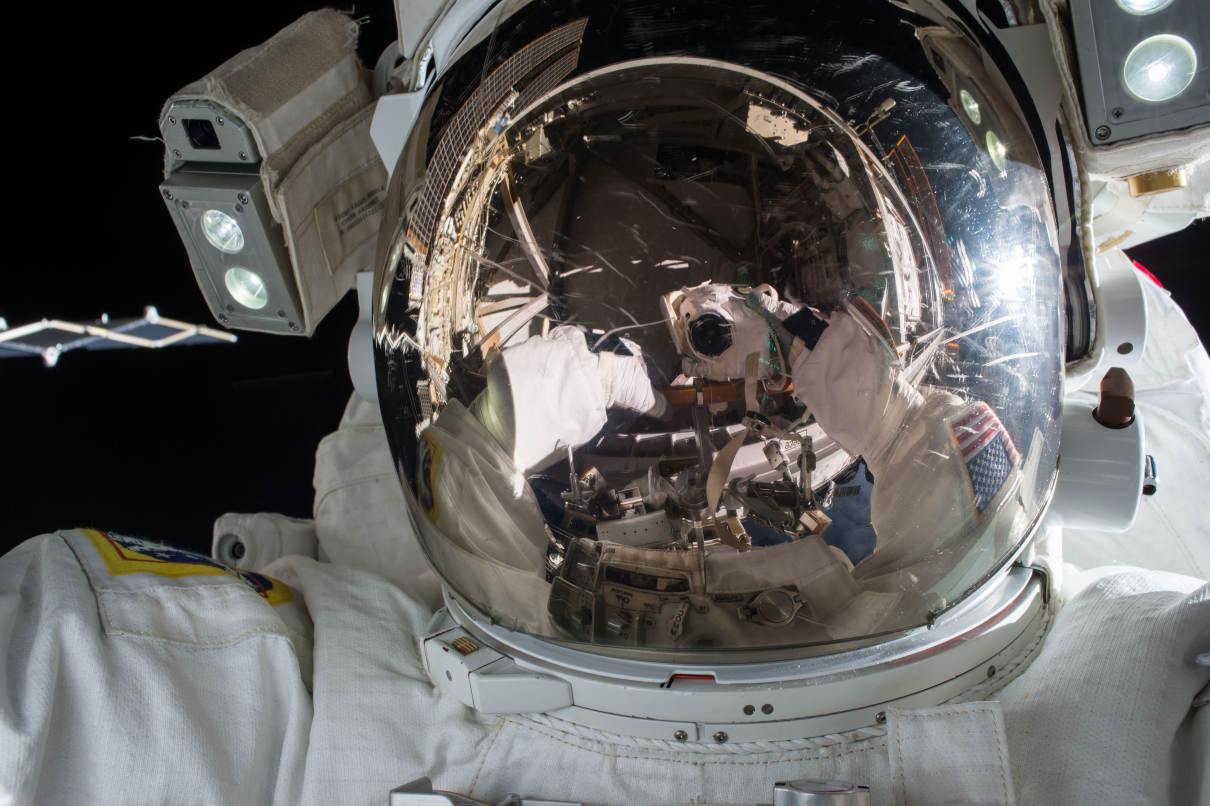
Korolev was the brains behind Vostok I, which in 1961 blasted Yuri Gagarin into orbit, making him the first man in space. In his early life Korolev was a successful pilot, but he was imprisoned in a Soviet gulag during the 1940s, enduring harsh conditions as a result of which he lost all his teeth. But Korolev survived, and went on to launch Sputnik I, the first satellite, and Laika, into space, before his legendary partnership with Gagarin. One of only two pilots selected who could fit into the capsule Korolev had designed, Gagarin became a national hero, and it was this mission that was to really galvanise the space race between the USSR and the USA.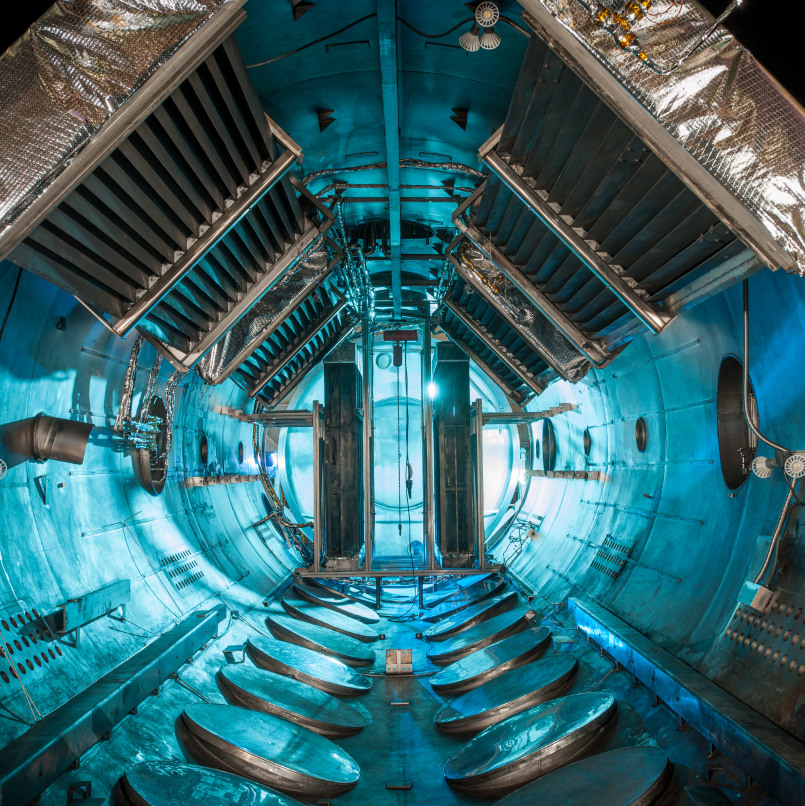
Cosmonaut Komarov was a great friend of Gagarin, and the first human to die on a space mission. Leonid Brezhnev was insisting on a new space achievement to mark the 50th anniversary of the Soviet Union in 1967, and it was decided that Komarov would pilot the Soyuz 1, and for the first time, dock with another ship in orbit, with Komarov switching places with another cosmonaut and returning to Earth on the second ship. The problem was, it was widely known that the Soyuz 1 was faulty and unsafe, and that this was likely a suicide mission. But Brezhnev would not be dissuaded, and Komarov, knowing that if he pulled out would be replaced by Gagarin, decided he must fly. As expected, and despite his own heroic efforts, the mission failed, and the Soyuz 1 crashed back down to Earth, killing Komarov. American listening posts picked up the sound of Komarov angrily cursing officials as he plunged to his doom. A noble act of sacrifice to save a friend.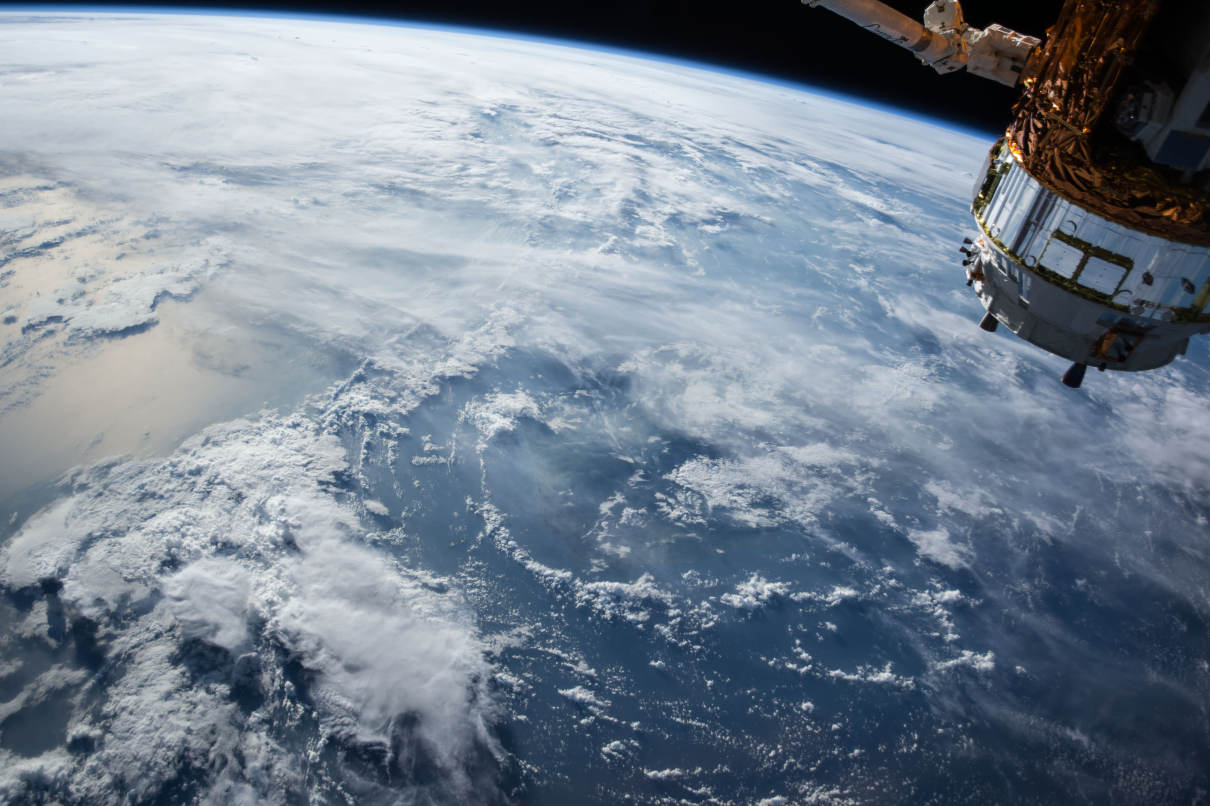
Stapp was a US air force legend, a pioneer in learning about the effects of acceleration and deceleration on the human body. In 1954, on a special sled, Stapp reached a speed of 632mph, making him the fastest man on Earth. He also worked on HALO (High Altitude, Low Opening) projects, that improved the delivery of men, equipment and supplies by parachute. HALO parachute jumps are of course now in use for civilians, and it’s thanks to the work of Stapp and others that we can now enjoy the ultimate form of skydiiving!
